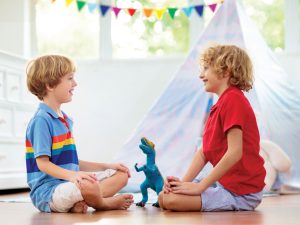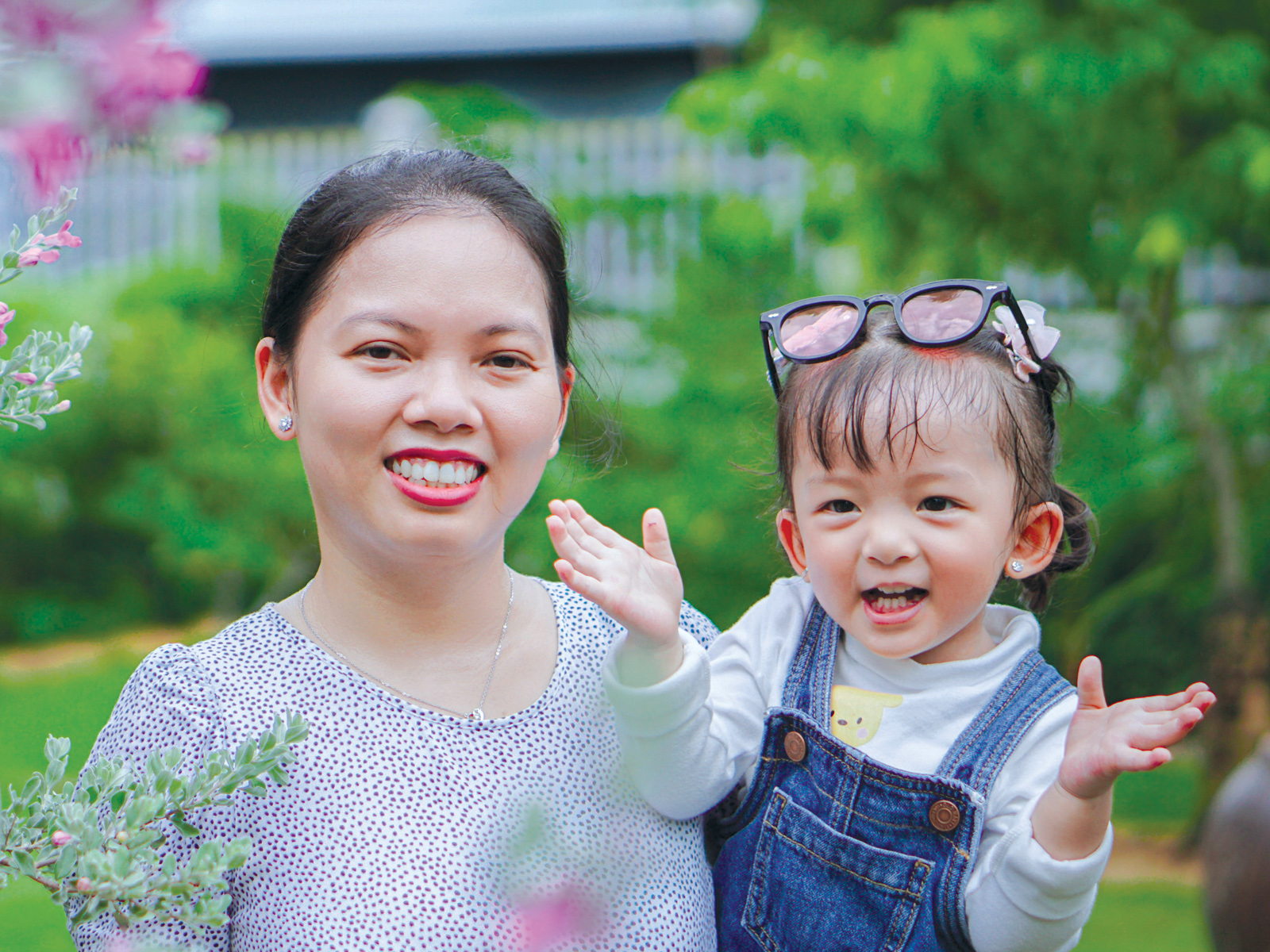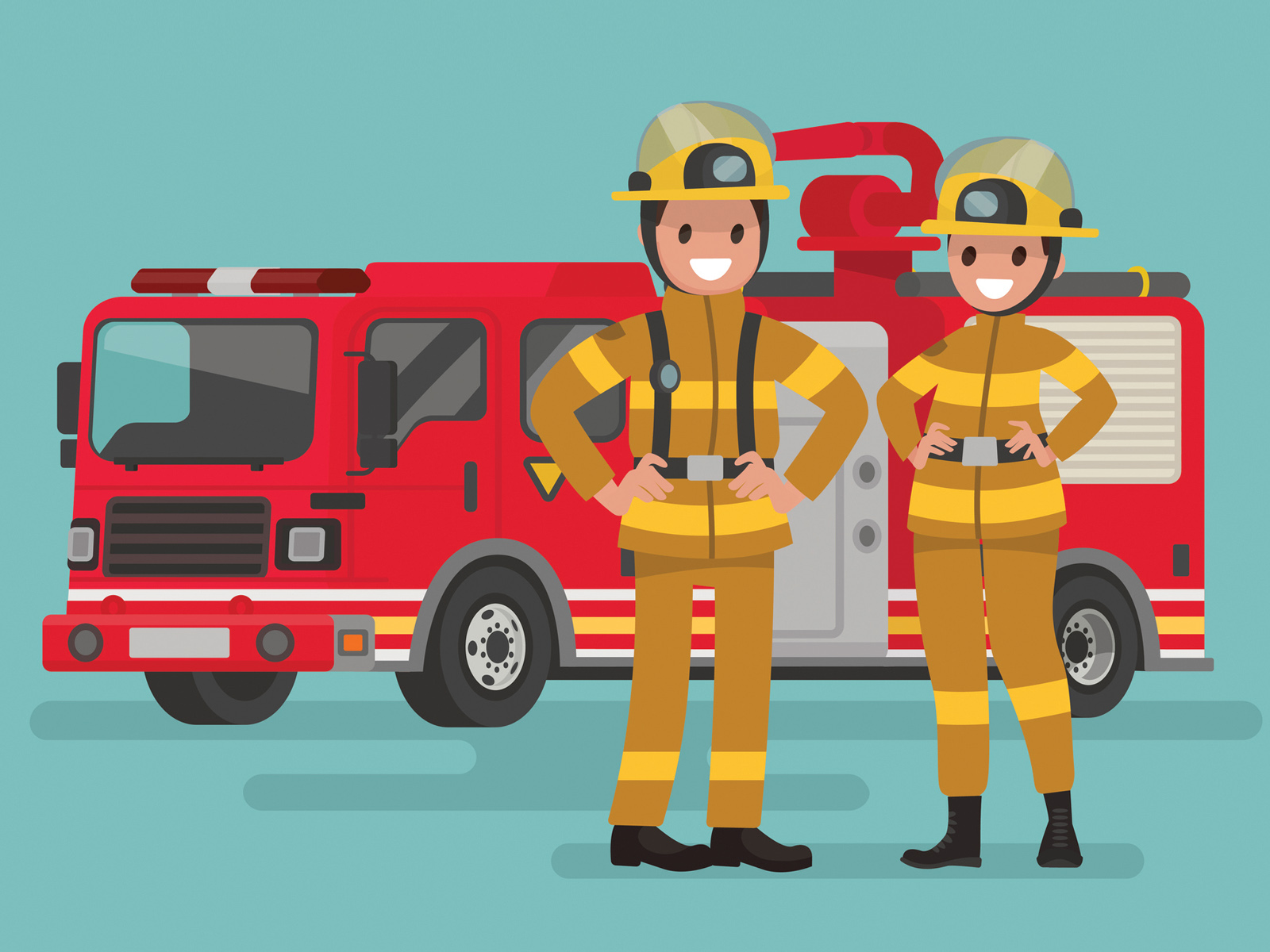S ocial skills are an essential part of a child’s growth. Through social skills we build opportunities for teachable moments which are often unplanned lessons that allow one to inform or generate discussion that allows for education. Furthermore, these teachable moments can allow for the most remarkable learning.
What are social?
Social skills are the skills we use when we interact with others. These skills can be verbal or non-verbal and they assist in bettering our relationships and communication with others. Many social skills can be taught early in life, paving the way for a successful future. When one adapts social skills, they become socially aware, understand and reflect on how they are acting in social situations. Social skills can be learned through play as well. By ensuring play is incorporated in your child’s day-to-day life, they will learn how to interact and gain strengths such as sharing, concentration and expressive language. It’s been noted that those children with strong social skills are more likely to succeed in school and foster better relationships with peers. Children who are able to follow instructions and rules by the age 5 are more likely to go to college and extend their education leading to the likelihood of receiving full-time employment at a younger age. By adapting social skills at a young age, we learn to work collaboratively, which is a strong characteristic to have for future employment opportunities.
Building blocks
To build social skills, experts suggest that:
• Attention and concentration: Sustained effort, doing activities without distraction and being able to hold that effort long enough to get the task done.
• Receptive (understanding) language: Comprehension of language.
• Expressive (using) language: The use of language through speech, sign or alternative forms of communication to communicate wants, needs, thoughts and ideas.
• Play skills: Voluntary engagement in self motivated activities that are normally associated with pleasure and enjoyment where the activities may be, but are not necessarily, goal oriented.
• Pre-language skills: The ways in which we communicate without using words and include things such as gestures, facial expressions, imitation, joint attention and eye-contact.
• Self regulation: The ability to obtain, maintain and change one’s emotion, behaviour, attention and activity level appropriate for a task or situation in a socially acceptable manner.
• Executive functioning: Higher order reasoning and thinking skills.
• Planning and sequencing: The sequential multi-step task or activity performance to achieve a well-defined result.
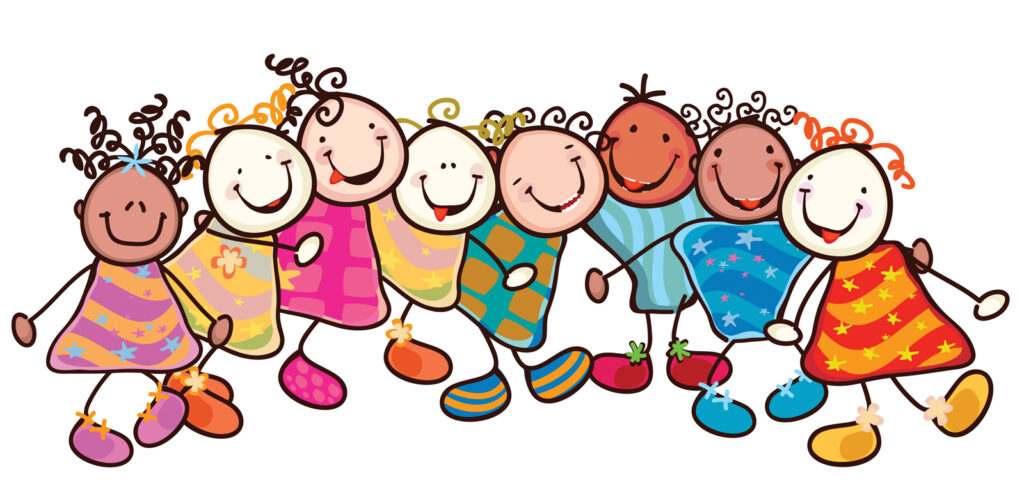
Activities to help social skills
• Visuals: Make up a poster of rules to remember when starting a conversation (e.g. using a friendly voice, making eye contact, using appropriate greetings, such as ‘hello’).
• Role play: Practise playground/party scenarios where the child does not know anybody. Model and create a list of different things you can say: To join others who are playing (e.g. “Can I play too?”). To introduce yourself (e.g. “Hi my name is ….”). To politely negotiate with peers (e.g. “I don’t want that one. Can I have the blue car please?”).
• Sing songs: Such as ‘If you’re happy and you know it’ to help teach a child about different emotions.
• Masks: Make masks together to help improve eye contact.
• Turn taking: Play turn taking games (e.g. board games) to encourage a child to say whose turn it is in the game (e.g. “My turn,” “Your turn”).
• Games: Play board games with the child. Make sure the child is not always the ‘winner’ so that they learn about ‘losing’ in a game and are able to cope better when this happens with their peers.
• Bean bag conversation: Throw a bean bag around a circle and each child takes a turn to contribute to the conversation. Think of different ways to contribute to the conversation (e.g. ask a question, comment on what has been said, add something related to the topic).
• Watch and comment: Role play different situations and comment about appropriate and inappropriate attempts of communication (e.g. standing too close or too far from another person, not using appropriate eye contact, interrupting a conversation).
What is kindness?
Kindness is a gift everyone can afford to give. Kindness is described as a way in which a person expresses qualities of generosity, friendliness and consideration. Kindness can be shown through words, actions and thoughts. Kindness is very complex, and may look different for everyone, meaning the definition of kindness is completely up to you! We should not only teach the practice of kindness to other people but also ourselves. A good way to practice kindness is to treat people the way you want to be treated. Although a common phrase, it forces us to reflect upon how we are treating those around us while considering how we would feel if the roles were reversed. Listed below are day-to-day activities to practice kindness with your littles:
• Leave water out for birds and local dogs
• Have a lemonade stand to raise money for charities or to refresh people on a hot day
• Offer a helping hand to a neighbour in need
• Hold the door for someone
• Give a hug
• Pay it forward in a drive through line (random acts of kindness)
• Hold the door for a stranger
• Leave baked goods on a neighbour’s doorstep
• Call family members who live far away
Can kindness be taught?
Kindness is a social skill and action that can be learned. It is essential that these important life skills are taught at a young age as they are a crucial part of a child’s development. Teaching kindness fosters positive interactions and social relationships that children should be exposed too. Studies have shown that children with strong social skills likely to better adjust in a setting with other children. Kindness is not a social skill anyone is born with however; many learn and practice this skill every day. It is essential to understand that kindness is not only an act that should be shown towards others, but also ourselves. Being kind to others and ourselves improves our overall quality of life and allows us to become better equipped to cope with life. Some ways to incorporate the teachings of kindness to young children would be to include books such as Strictly No Elephants, Be Kind and Have You Filled a Bucket Today? These reads all depict acts of kindness allowing for a deeper understanding of why it is important.
The importance of teachable moments
Oftentimes, teachable moments are memorable as the child or learner sparks the conversation or question leading to an impromptu learning experience. Teachable moments are not limited to a classroom setting. These moments can be sparked by simple activities or experiences turn in to as more in-depth conversation that leads to a lesson or an opportunity for new knowledge to be gained. The most monumental teachable moments will occur no matter if the environment was planned or not.
The early years of a child’s life are exceptionally important opportunities for learning. Social skills often stem from teachable moments and opportunities in which we allow our children the ability to socialize and learn from the interacting with others in planned or unplanned environment’s.
Kylie MacKenzie is an intern at the Canadian Abilities Foundation (CAF).
Resources:
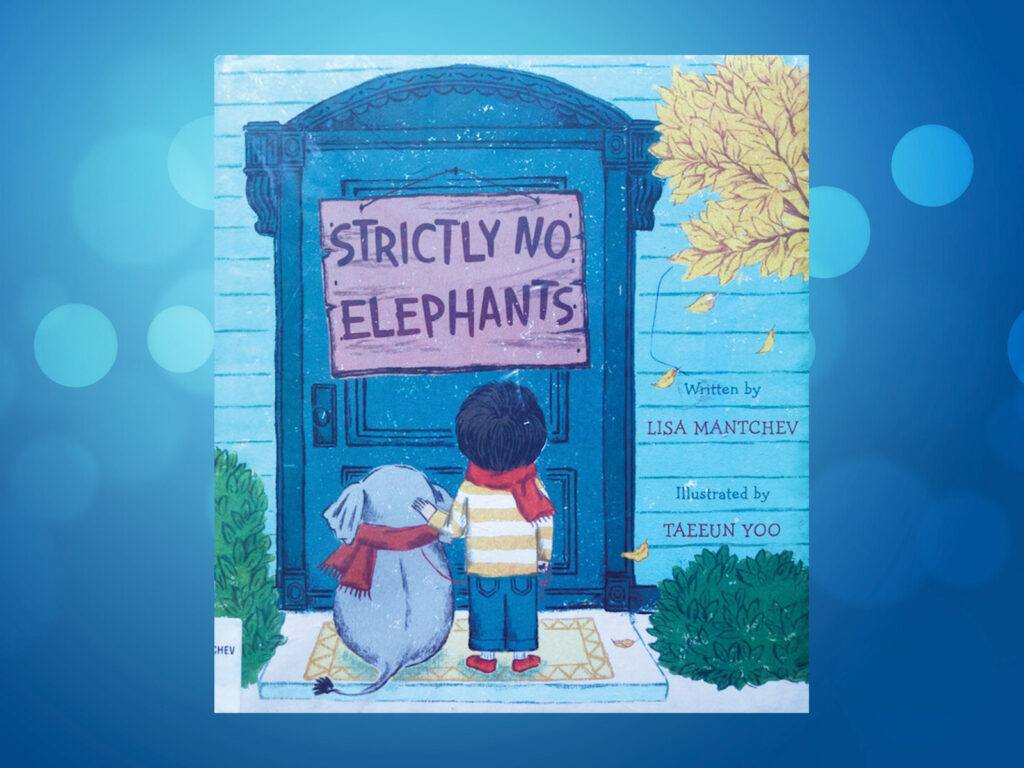
Strictly No Elephants
By Lisa Mantcheve and Taeeun Yoo
Today is Pet Club day. There will be cats and dogs and fish, but strictly no elephants are allowed. The Pet Club doesn’t understand that pets come in all shapes and sizes, just like friends. Now it is time for a boy and his tiny pet elephant to show them what it means to be a true friend.
Simon & Schuster/Paula Wiseman Books
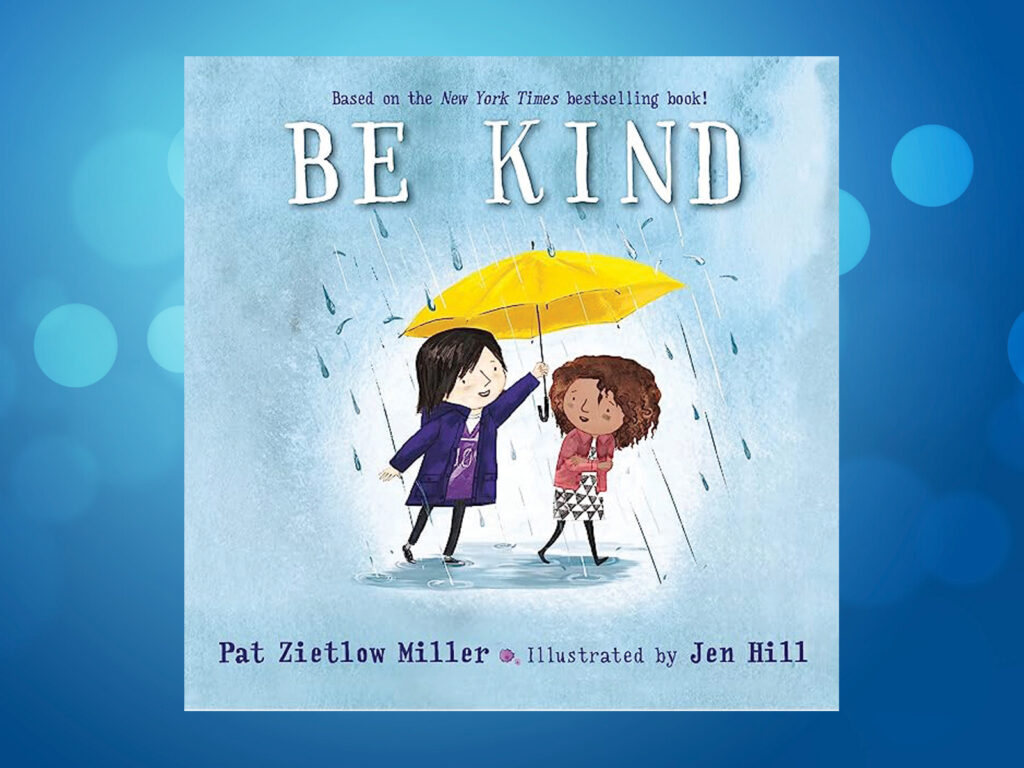
Be Kind
By Pat Zietlow Miller and Jen Hill
From asking the new girl to play to standing up for someone being bullied, this moving story explores what kindness is, and how any act, big or small, can make a difference–or at least help a friend. Be Kind is an unforgettable story about how two simple words can change the world.
Roaring Brook Press
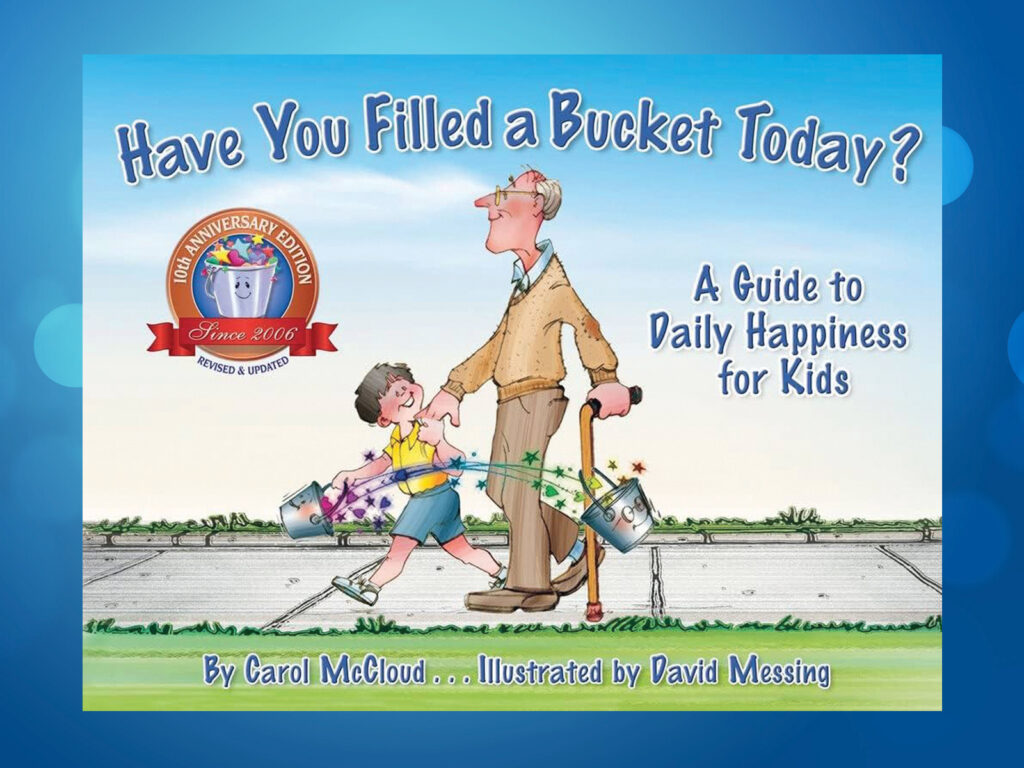
Have You Filled a Bucket Today?
By Carol McCloud and David Messing
This book has won 24 awards! While using a simple metaphor of a bucket and a dipper, author Carol McCloud illustrates that when we choose to be kind, we not only fill the buckets of those around us, but also fill our OWN bucket! Conversely, when we choose to say or do mean things, we are dipping into other people’s buckets. All day long, we are either filling up or dipping into each other’s buckets by what we say and what we do. When you’re a bucket filler, you make the world a better place to be!
Bucket Fillers



